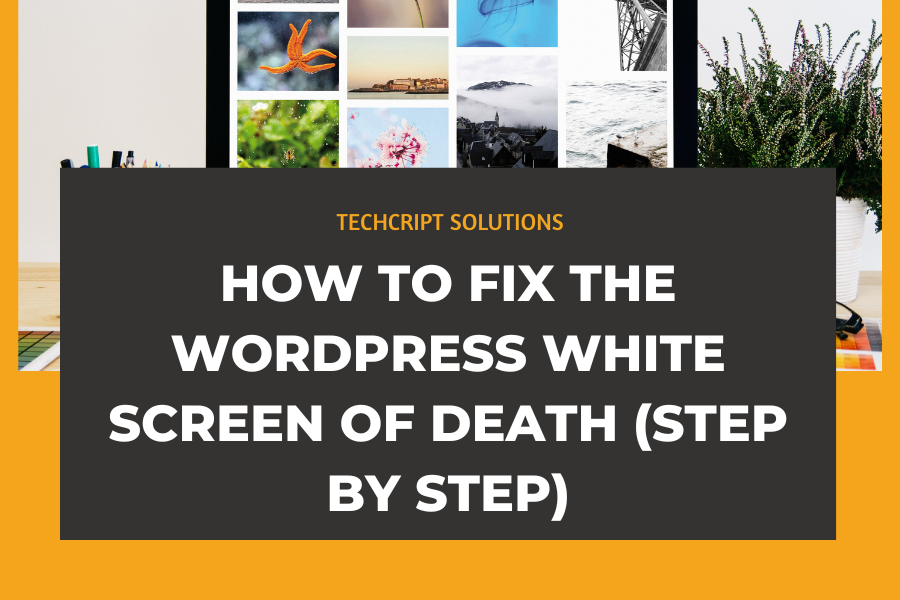How to Fix the WordPress White Screen of Death (Step by Step)
1. Check Whether the Problem Happens on Your Other Sites
If you have multiple WordPress sites on the same hosting account, start by checking if the issue is occurring on other sites as well.
If it is, this likely points to a problem with your WordPress hosting service. It could be a temporary issue, so contacting their support team for assistance is recommended.
However, if the issue is isolated to one website or a specific section of it, then the problem is likely with that particular site.
2. Fix the White Screen Error With WordPress Recovery Mode
If a WordPress plugin or theme is causing the white screen of death, WordPress might be able to detect it. The fatal error protection feature introduced in WordPress 5.2 can sometimes catch these errors, preventing the white screen from appearing. Instead, you’ll see a message indicating that the site is having technical difficulties.
WordPress will also send an email to your admin address with the subject “Your Site is Experiencing a Technical Issue.” This email will identify the problematic plugin or theme and include a special link that allows you to log in to WordPress recovery mode and deactivate the faulty plugin.
However, if you’re seeing the plain white screen without any email or recovery mode option, you’ll need to manually fix the issue.
4. Fix the White Screen Error by Disabling All Plugins
If increasing the PHP memory limit didn’t resolve the issue, or if you already have a high memory limit (like 256M or 512M), it’s time to start troubleshooting.
From our experience, this problem is often related to a specific plugin or theme. The next step is to deactivate all plugins.
If you can still access your WordPress admin dashboard, go to the Plugins » Installed Plugins page. Select all plugins, then choose ‘Deactivate’ from the ‘Bulk actions’ dropdown.
If you don’t have access to the admin area, you’ll need to deactivate the plugins via FTP.
Start by connecting to your WordPress site using an FTP client or your hosting provider’s file manager. Navigate to the wp-content folder, where you’ll find the plugins folder.
Right-click on the plugins folder and select ‘Rename’. Rename it to ‘plugins-deactivated’. WordPress will automatically deactivate all plugins since it won’t find the plugins folder.
If this resolves the issue, reactivate the plugins one by one to identify the problematic one. Once you find the culprit, you can either replace it with an alternative or report the issue to the plugin authors.
define( 'WP_DEBUG', true);
define( 'WP_DEBUG_LOG', true );
After adding this code, the blank screen will display errors, warnings, and notices that may help you identify the root cause.
If no errors are visible on the screen, you can still check the debug log.
Just navigate to the wp-content folder on your website using an FTP client. There, you’ll find a new debug.log file that contains a record of all errors, notices, and warnings.
7. Clear the WordPress Cache
Sometimes, the backend of your site might be accessible, while the front end shows the white screen of death.
This issue can often be caused by a caching plugin. To resolve it, simply clear your WordPress cache.
For detailed steps, refer to our guide on how to clear the cache in WordPress.
/** Trick for long posts */
ini_set('pcre.recursion_limit',20000000);
ini_set('pcre.backtrack_limit',10000000);

